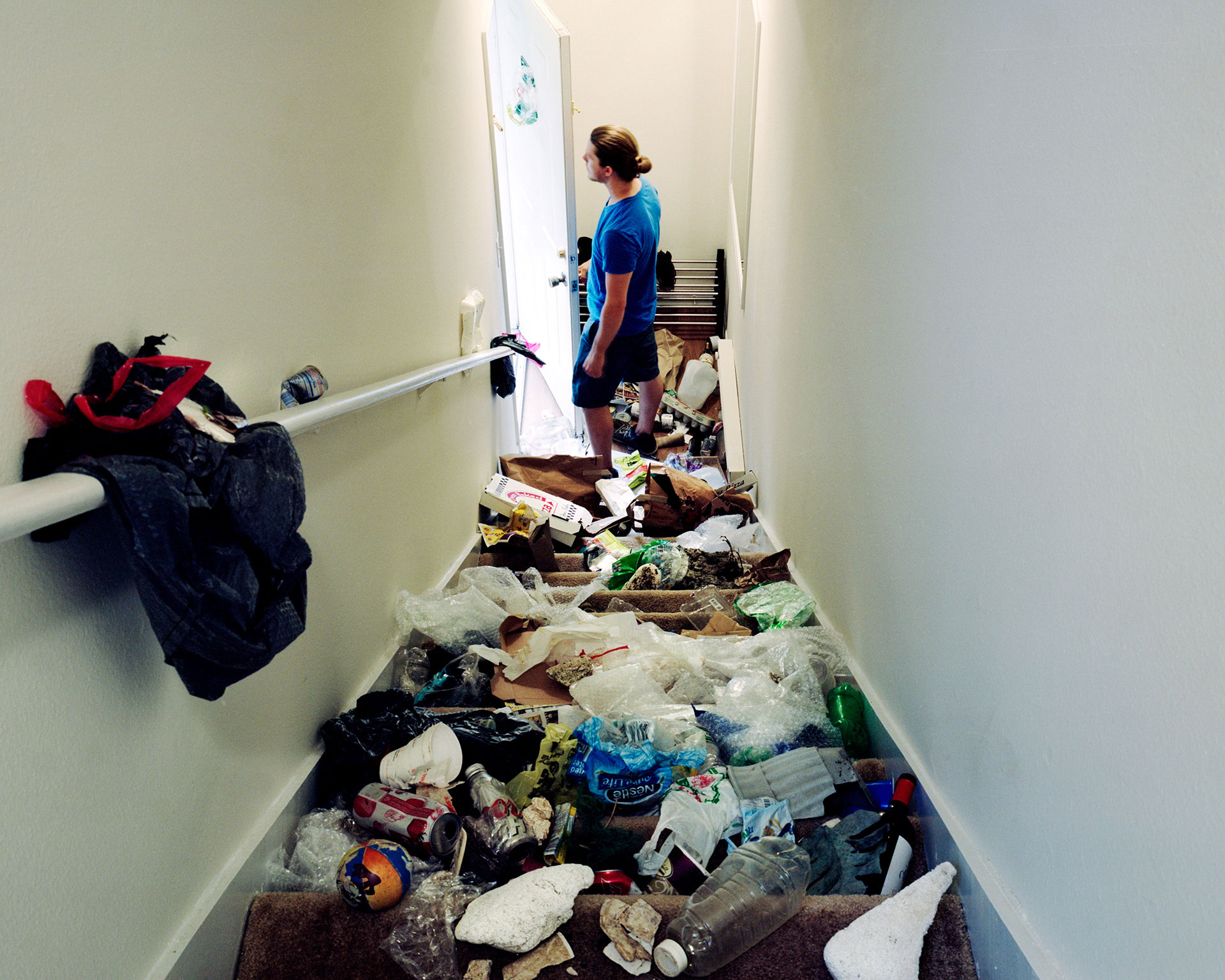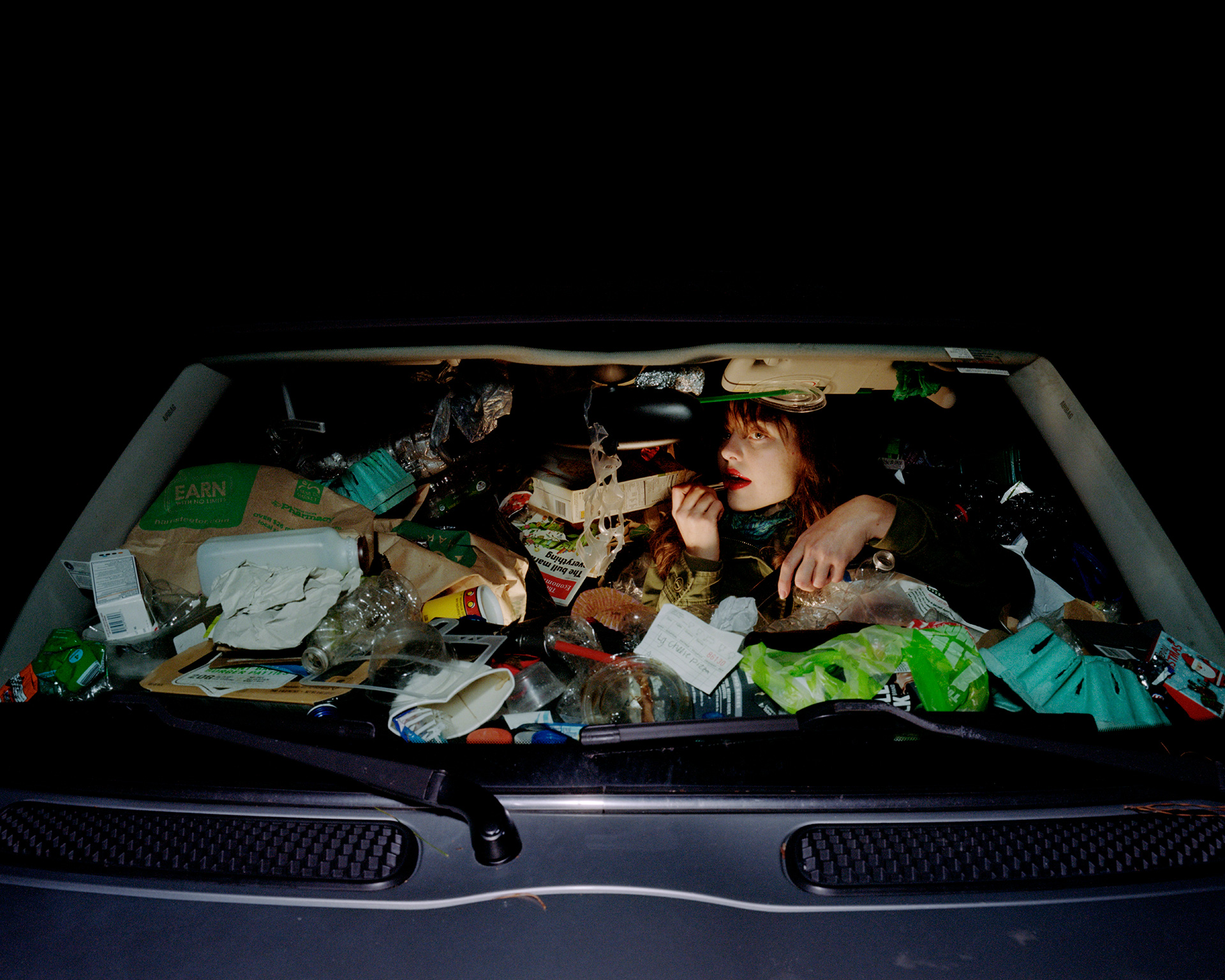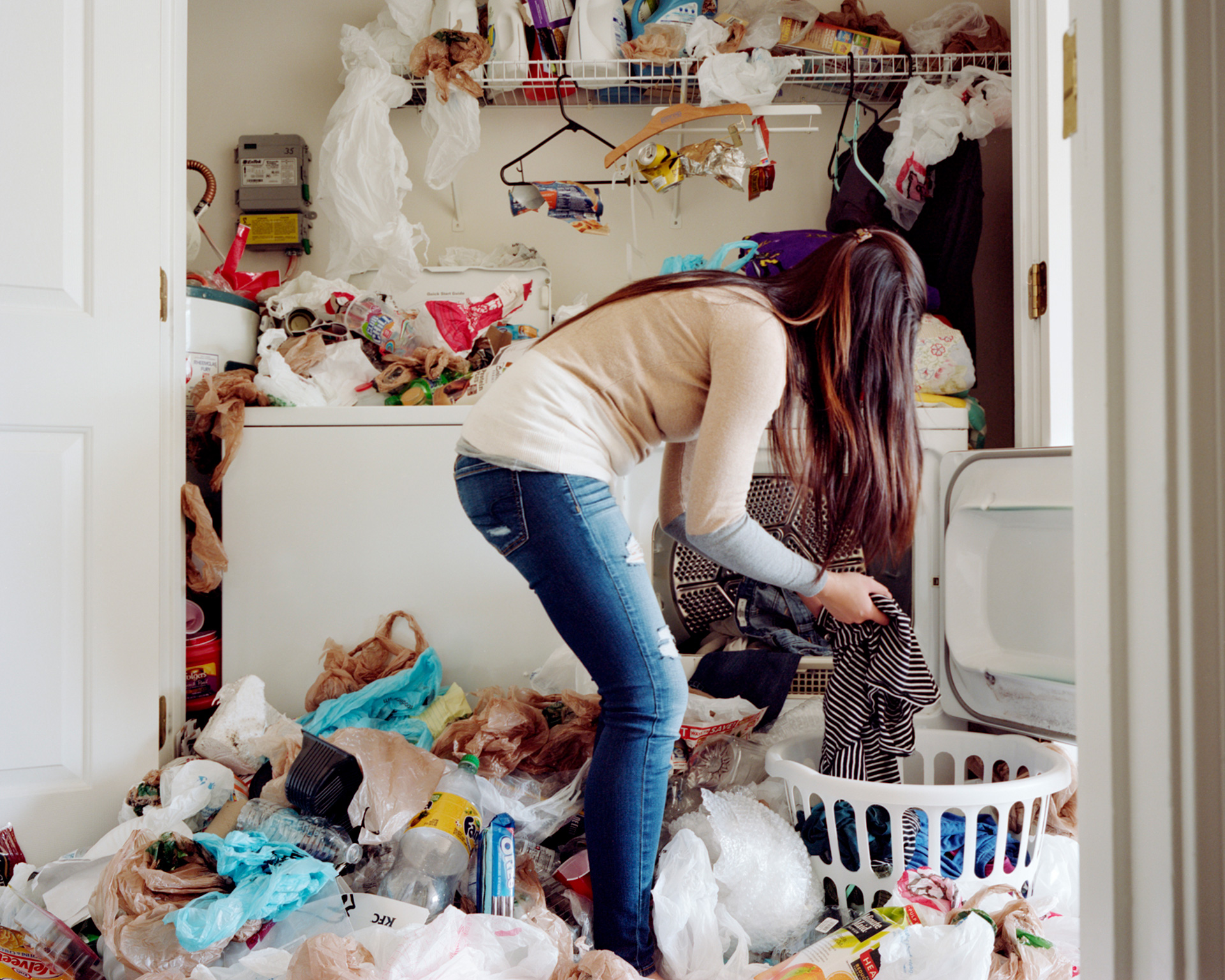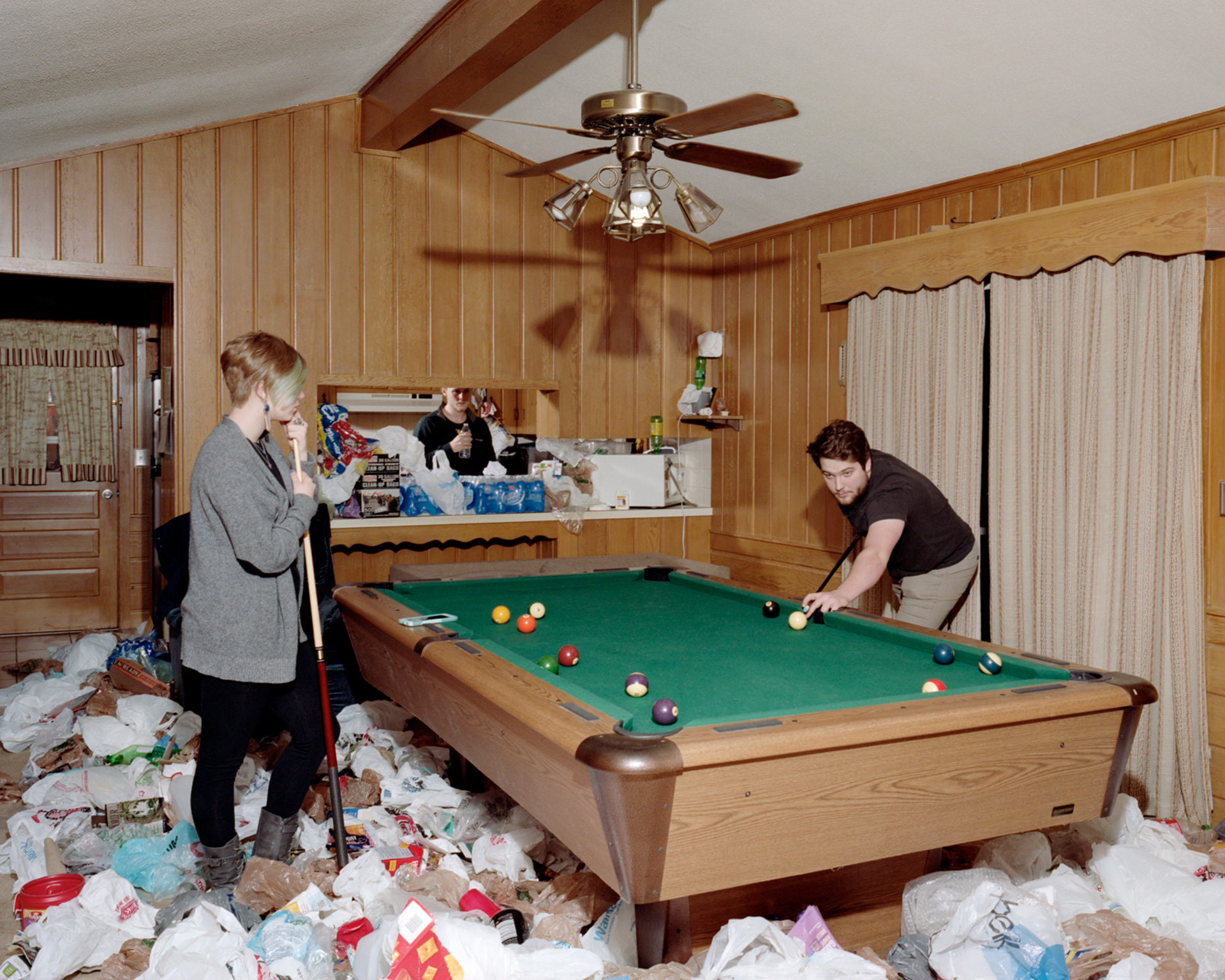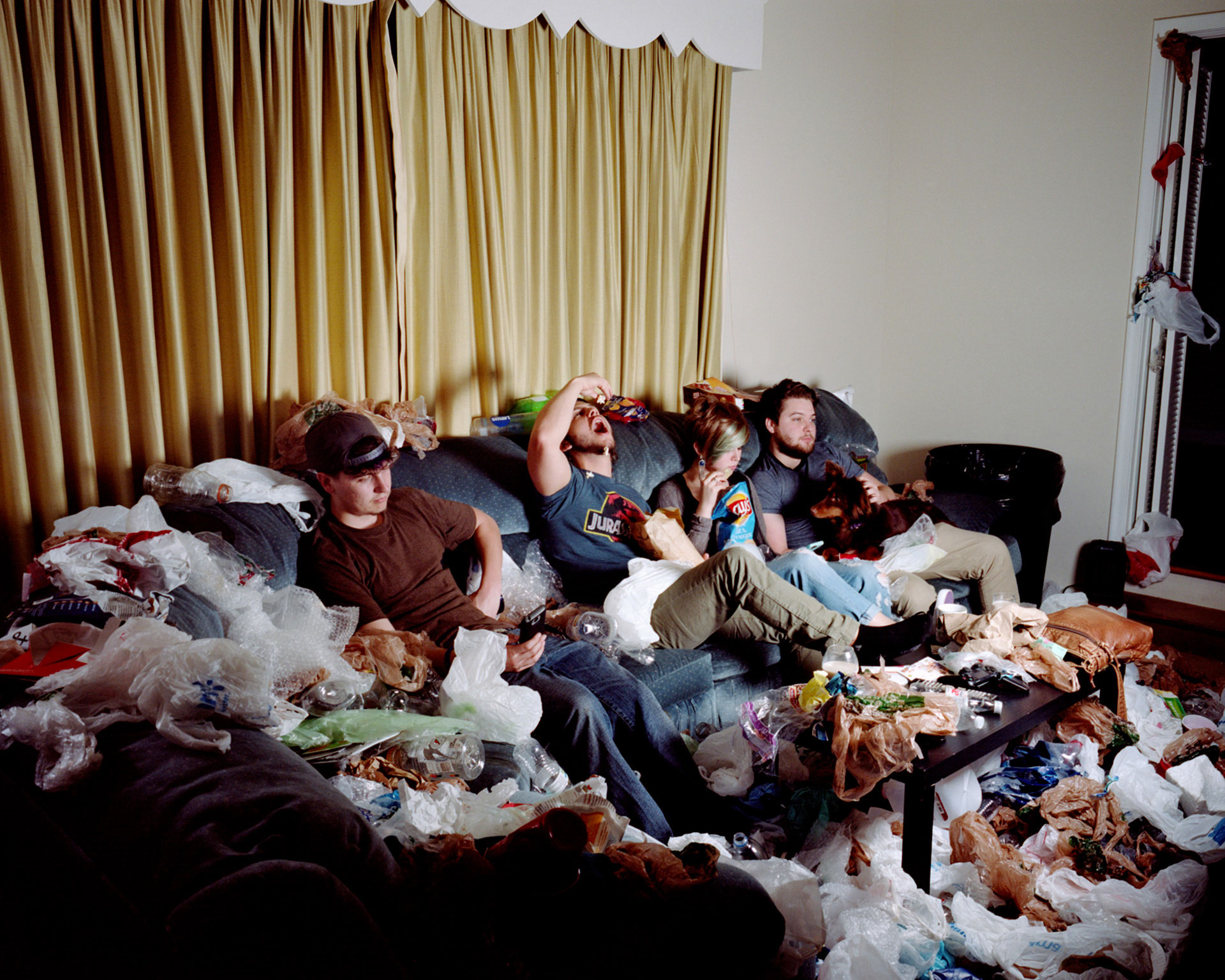
Garbage Everywhere: Why Turn Your Home into a Dump

US-based photographer, studied documentary photography at East Carolina University and Australian National University. Exhibited his work in the US and Australia. In 2016, received International Photography Awards prize.
There are almost no remaining areas not polluted with plastic in the ocean. Oceanologists predicted the Great Pacific Garbage Patch in late 1980s, but it was discovered almost accidentally in 1997: Captain Charles Moore was returning to California after a regatta, and came across piles of plastic in the subtropics. The unpleasant discovery was dubbed the Pacific trash vortex.
It turned out that a lot of garbage gathers in the areas with certain ocean currents. The patch presents a giant conglomerate of microplastic particles and, despite its huge size, it is not visible to satellites.
The patch grows every year — to the point they started calling it ‘garbage continent.’ Even according to the most caution estimates, the square area of the ‘garbage continent’ exceeds 700,000 sq. kilometers. In the entire US, Alaska is the only state that is bigger than the newfound ‘continent,’ and even two largest European countries, France and Germany, are smaller than it.
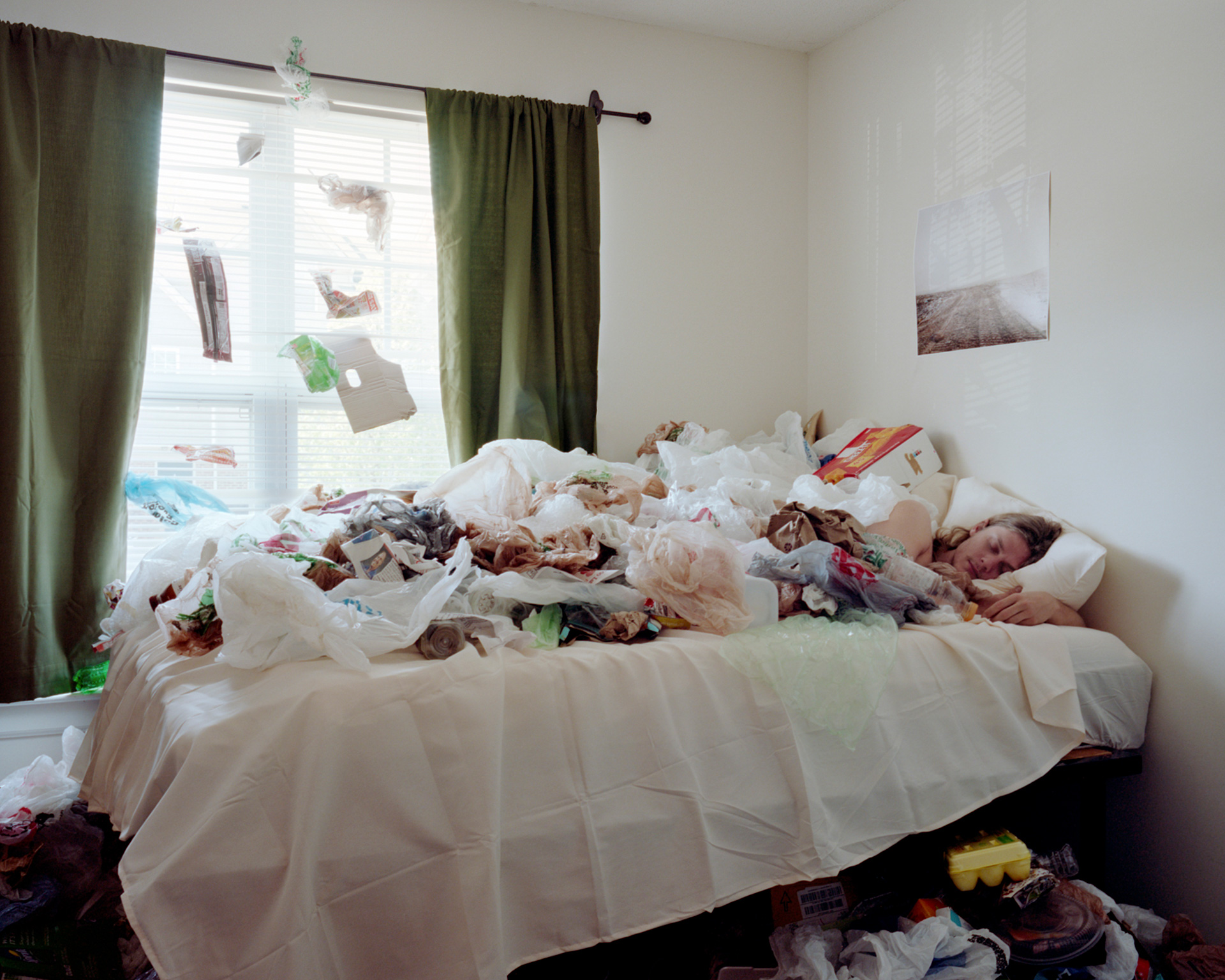
— Willful Ignorance is about mass consumption that is occuring on a global scale. People are buying more than ever before, and the vast majority of these purchased goods are made of materials that do not easily break down.
The models I use in my Willful Ignorance series are mostly friends of mine, and of course, I included myself in some of the images as well. The choice to include myself in the series is simply because I am a part of the mass consumption occurring globally as much as the next person is.
The majority of the rubbish used in the images was collected by myself from roadsides, parks, rivers, and streams. But for the more recent images of the series, it is rubbish that I have asked friends to collect for me, using solely the waste they generate themselves. The amount of waste a single person produces over short periods of time is mind blowing. Even a person like myself that is relatively tuned in to the green movement — staying away from all the plastic that is circulating around this planet can be difficult to avoid at times.
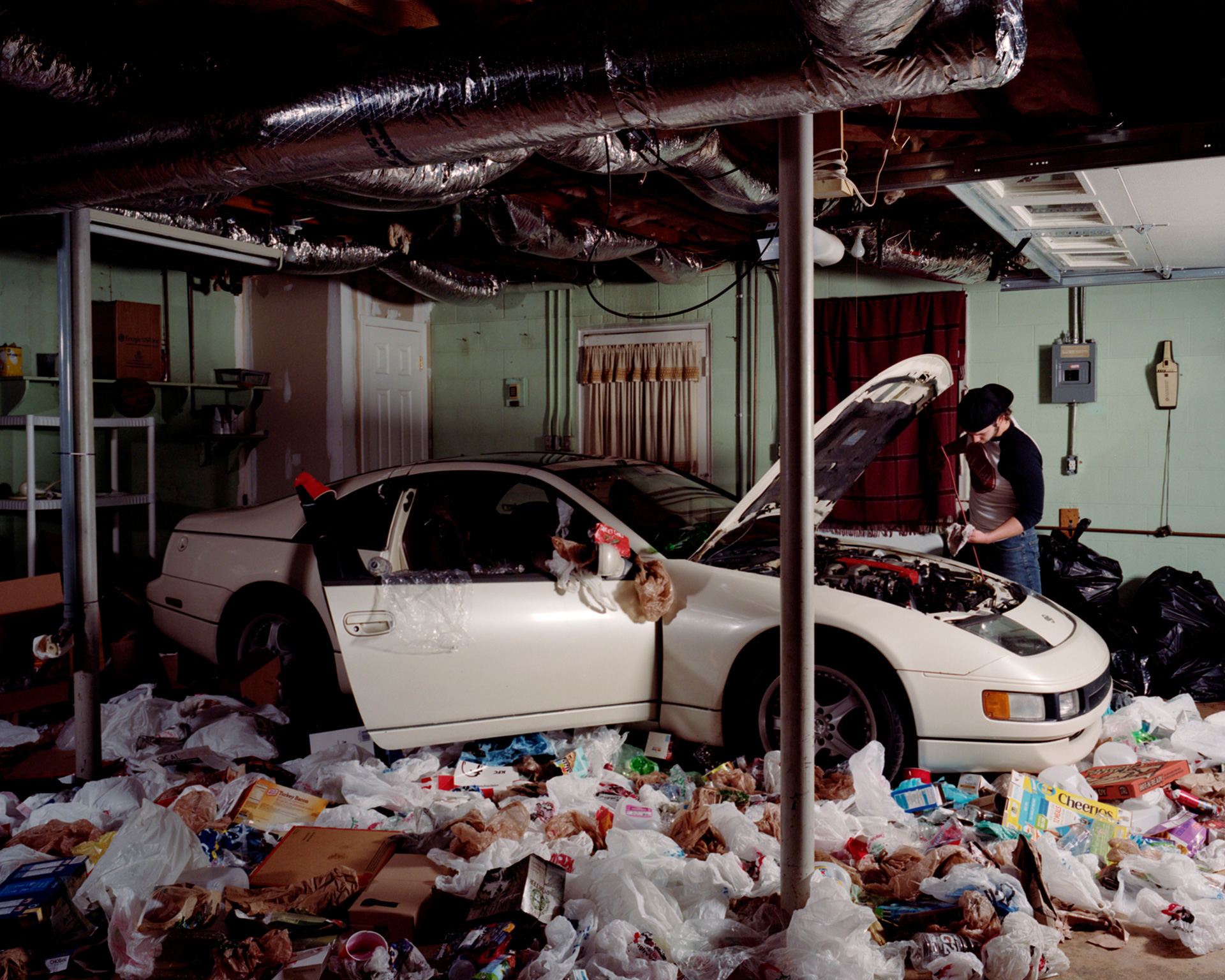
The goal of the project is to educate my audience on the amount of waste that is constantly being generated by our species, and perhaps even start up a conversation that might become a catalyst for change. If we as a species want to create a better future for not just ourselves but for the entire planet, it will most certainly take the accumulation of small acts to accomplish such a goal. These little acts can be as simple as taking your own grocery bags with you when you shop instead of using plastic bags from the shop, using a water filter at home with a reusable cup to drink out of instead of bottled water.
Most of my shoots are done relatively quickly — only a few hours or so to get everything set up and take the image. The smell is never good, but for the duration of the shoot, it is bearable. Most of the plastics I collect tend to have no smell at all; however, the scene that includes the beer cans on the couch was the most smelly set up, as the beer cans that were collected still had leftover beer and cigarette ashes in them which was quite gross.
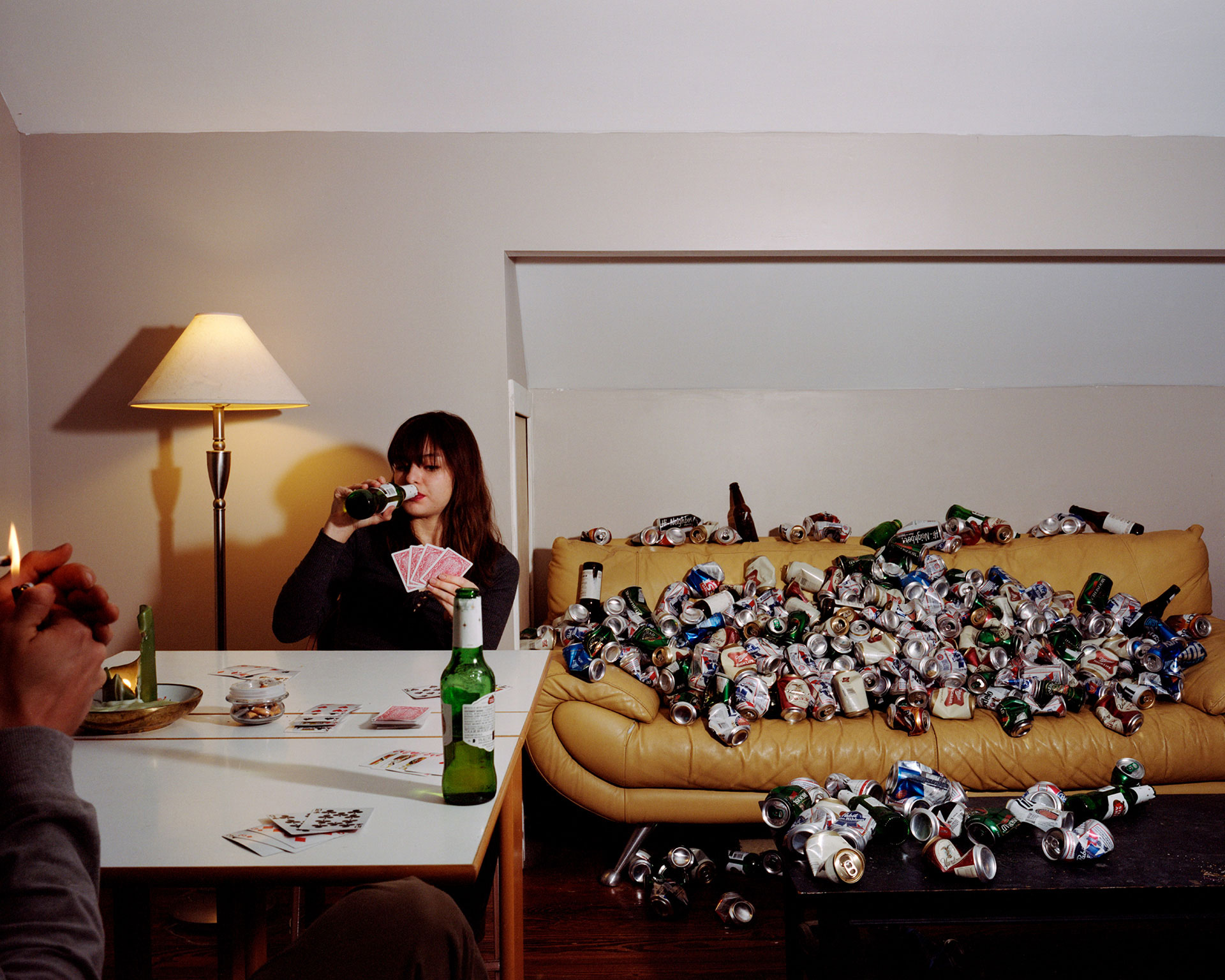
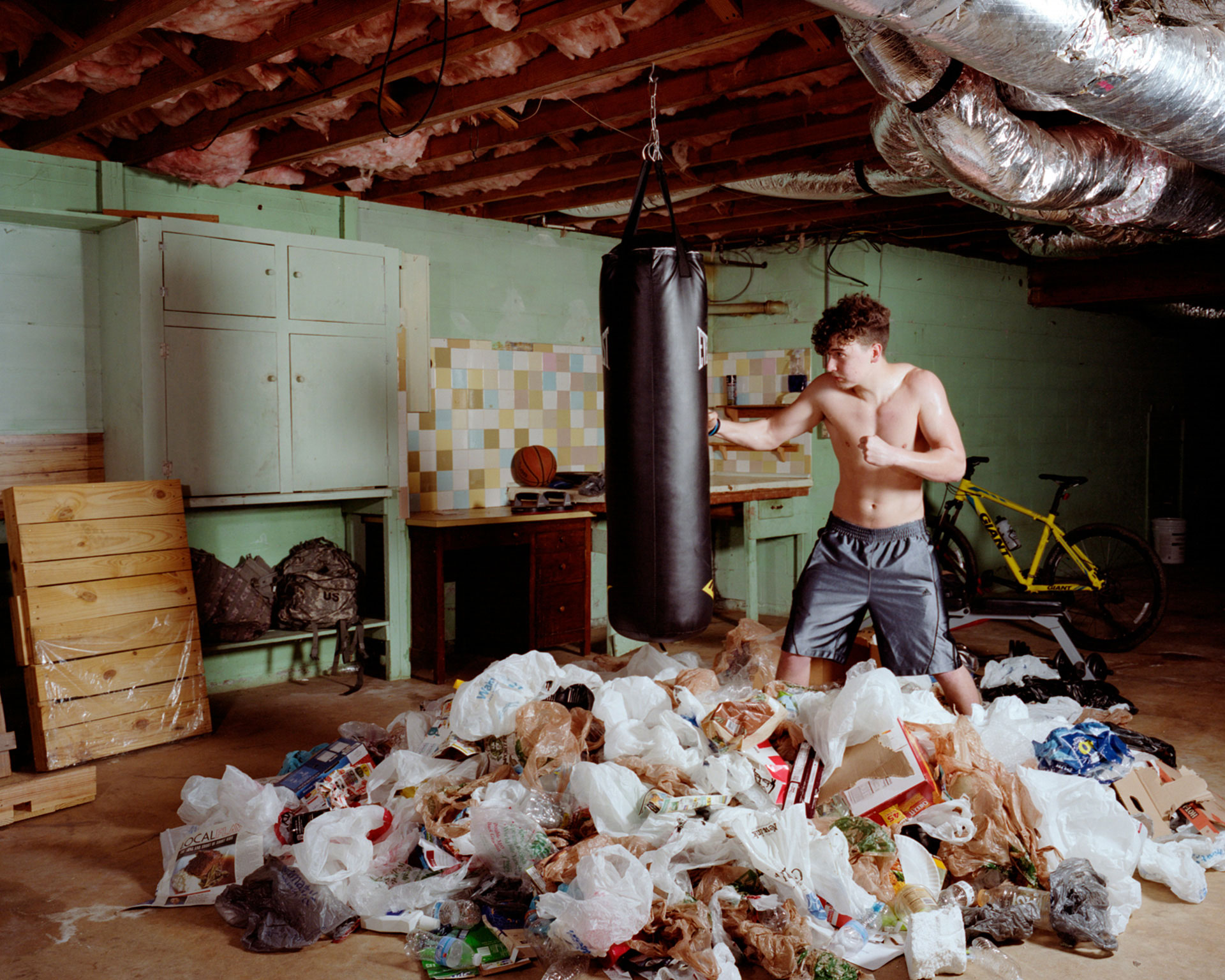
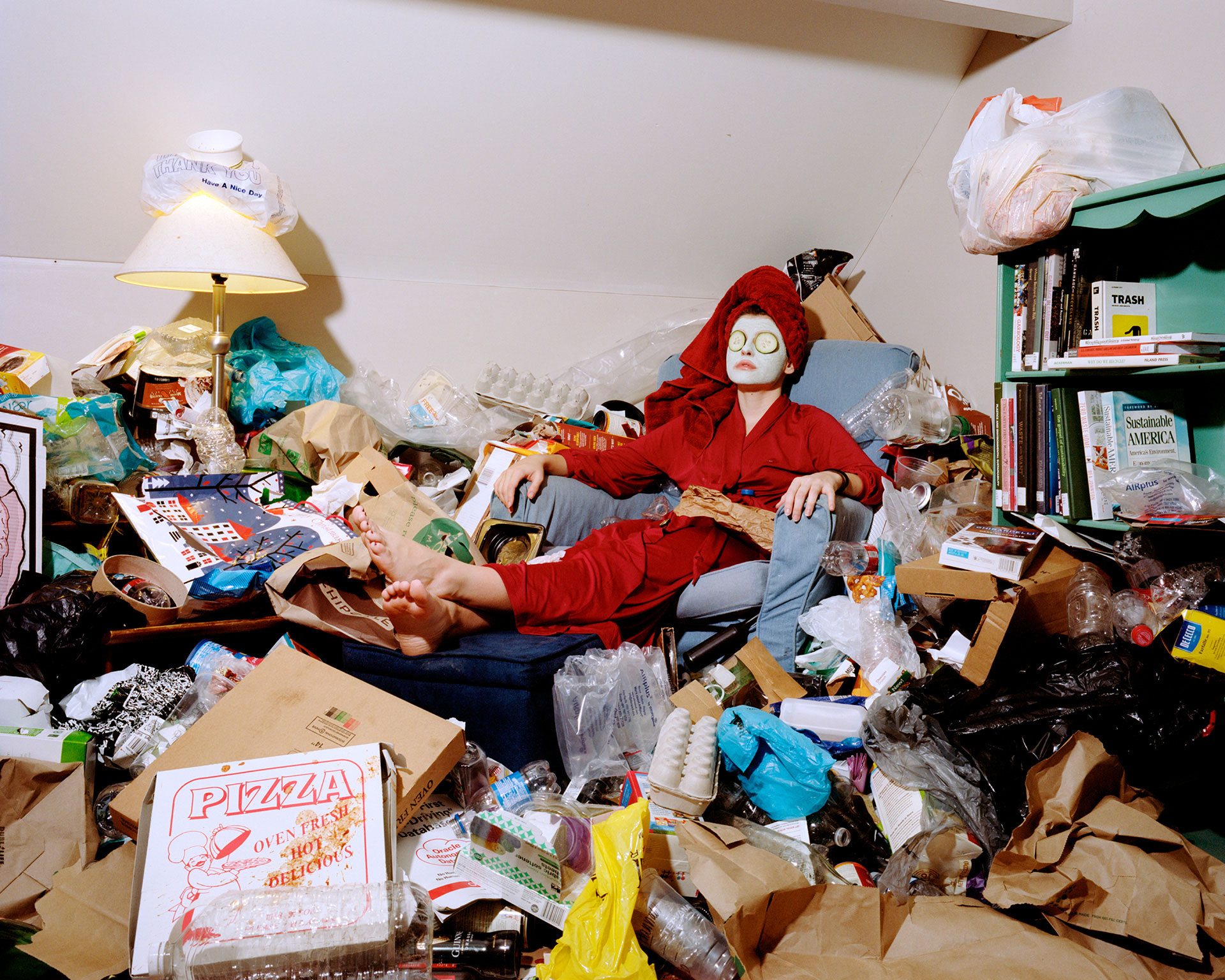
The majority of the trash was kept inside my apartment or at the apartment of a friend of mine until shooting. After using the rubbish in the photographs, it is thoroughly picked through and recycled as best as possible with the remainder properly disposed of and sent to landfills.
I hope that large corporations (such as Apple, Google, Amazon, Walmart, etc.) come up with better ways to implement green technology and green materials that are biodegradable and reusable to further encourage recycling and minimalistic approaches to living.
How can a species such as the human race, which has accomplished so much, be so ignorant when it comes to their own rubbish footprint?
